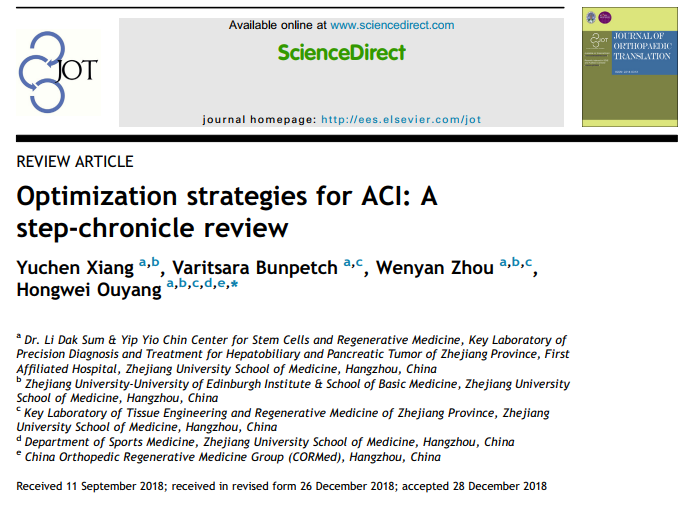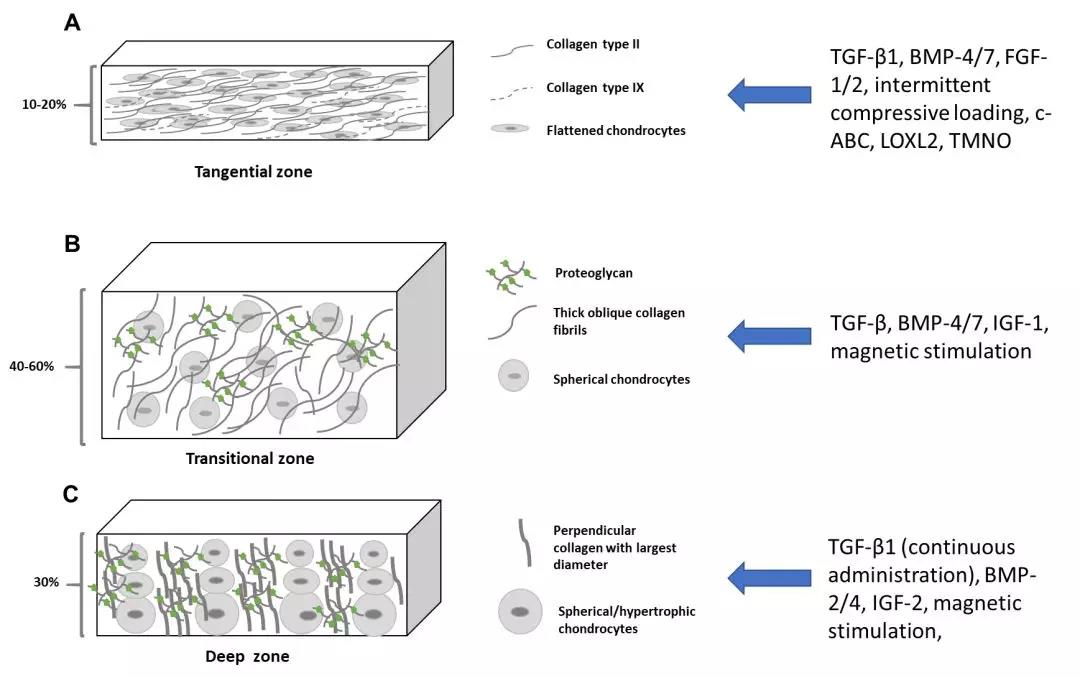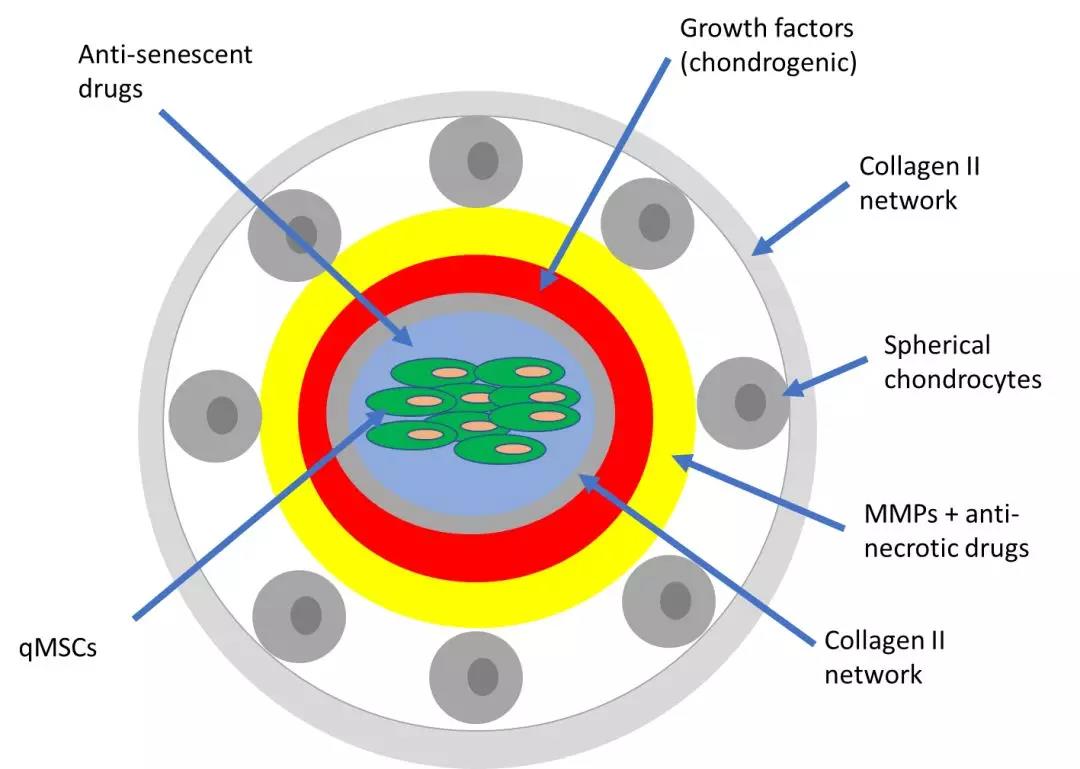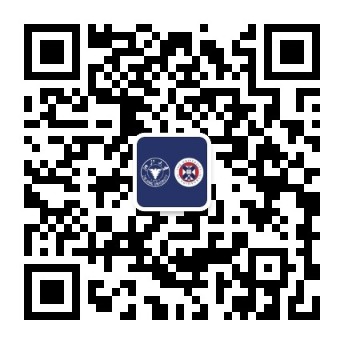At 29th January, Zhejiang University-University of Edinburgh Institute sophomore student Yuchen Xiang published a review paper Optimization strategies for ACI: A step-chronicle review at Journal of Orthopaedic Translation (JOT). The corresponding author is Professor Hongwei Ouyang who is the dean of ZJE, director of the Centre for Zhejiang University Tissue and Regenerative Engineering and doctoral supervisor. Dr. Wenyan Zhou and Dr. Vartisara Bunpetch from Dasan Li-Yaozhen Ye Stem Cell and Regenerative Medicine Centre are co-authors.
The idea of the paper was based on Yuchen Xiang’s freshman year course assignment of Global Challenges. Global Challenges is a special ZJE course which consists of hot topics in different fields, and experts in different fields give lectures to students to inspire students to solve problems from a global perspective. With the guidance of teacher and seniors, Yuchen Xiang extended the topic in class and refined the idea out of class. After constant revision for more than half a year, this paper final published at Journal of Orthopaedic Translation (JOT).

Abstract of paper:
Bearing compression from adjacent joints, the articular cartilage is cumulatively pressured in daily life thus making it prone to injuries; however, once damaged, the self-healing capacity of articular cartilage is limited due to its low metabolic property. Autologous chondrocytes implantation (ACI), a 3-step repairing technique for articular lesions, has received satisfactory short-term clinical outcomes, while its long-term effect remains controversial. Currently, improved stem-cell therapies and novel biomaterials have shed new lights on ACI. We would, therefore, synthesize these optimization strategies in order of their presences in the 3-step protocol, seeking to find and amplify synergic effects between these strategies.

Fig. 1 Schematic overview of layered distribution of appropriate exogenous stimuli
The pseudostratified structure of articular cartilage (the three layers) and their cellular and molecular components listed in the left panel. Appropriated exogenous stimuli added into corresponding layer listed in the right panel (blue arrow). (A) tangential zone (B) transitional zone (C) deep zone.

Fig. 2 Construct self-healing units and ambush them in the neotissue
Self-healing units are constructed via electrospinning. Rings labelled with different colours contain different drugs or cells which are marked and pointed in the blue arrow. The diameter of each ring and component concentration is yet to be determined.
You can access the full paper here: https://www.sciencedirect.com/science/article/pii/S2214031X18301554







